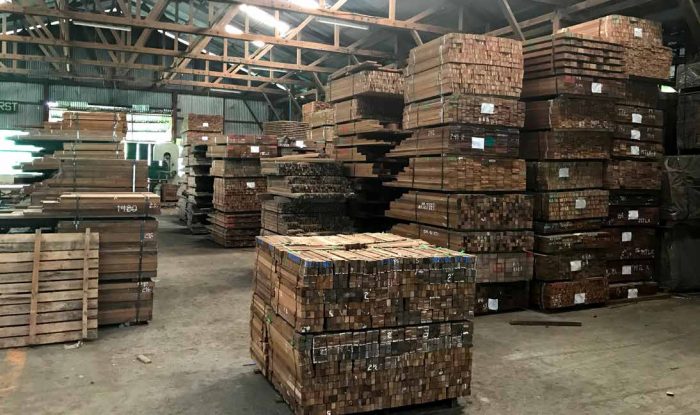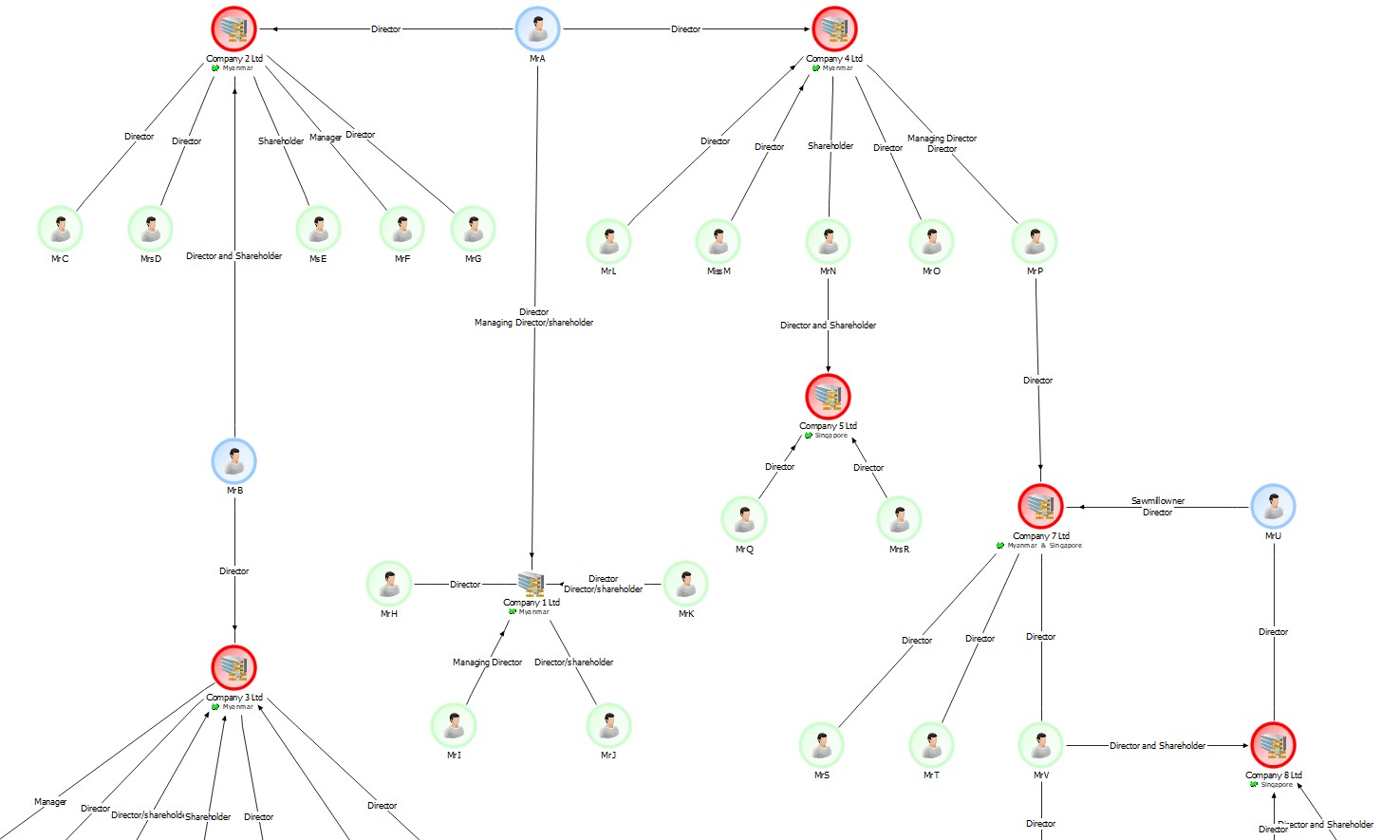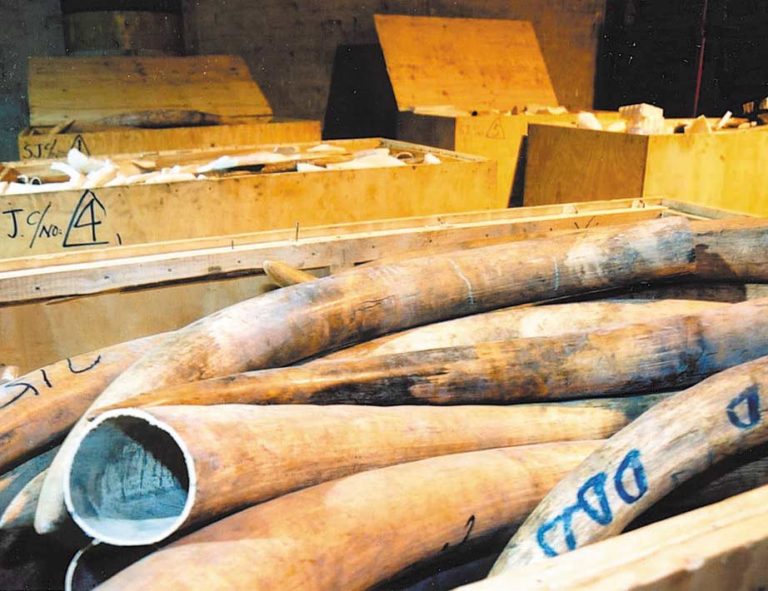In May 2020, EIA published the findings of an investigation which uncovered European timber traders evading EU laws to sneak illicit timber products from Myanmar into the market.
Myanmar’s forests are being destroyed at an almost unprecedented rate – an area larger than the size of Belgium was lost between 2001-18. This has a devastating impact on people’s livelihoods, drives climate change through deforestation and contributes to the destruction of the country’s abundant biodiversity.
In an attempt to tackle forest crime, Myanmar has reduced its annual timber harvests, introduced a log export ban and has attempted to work with China to combat illegal trade across the land border between the two countries.

Teak in warehouse, Croatia (c) EIAimage
Independent of these moves, the European Union has its EU Timber Regulation (EUTR), which requires clear and credible evidence of the legal origin of any timber being imported into European markets.
At present, the EU has a common position among Member States that Myanmar’s system does not comply with this law and therefore its timber cannot be legitimately imported.
Nevertheless, such is the demand – especially for Burmese teak from Myanmar – that the timber still flows.
Last year, using more than 1,000 pages of documents from the Croatian Ministry of Agriculture, EIA was able to piece together the details of 10 shipments of teak from Myanmar which were supplied to companies throughout Europe.
These revealed that a Croatian company was being used as a focal point for the scheme to circumvent the EUTR.
Analysing large quantities of information can be time-consuming and requires meticulous attention to detail. To assist with investigations, EIA’s Intelligence Team uses analysis software to significantly reduce the amount of time it takes to identify links between companies and entities involved in illegal activity.

Instead of cross-referencing hundreds of data values on spreadsheets, analysis software can do this more easily by providing a visual chart of links and identifying primary targets.
Transactions and shipments can also be easily monitored and analysed using this software, showing the movement of goods along the trade chain. Mapping out shipments of timber using Bill of Lading documents and country export data can help identify companies linked to multiple shipments.

This same methodology is used for tracking illicit financial flows between corporate entities.
Made up of experienced Open Source Intelligence (OSINT) researchers and corporate investigators, the Intelligence Team uses online research methods to supplement information obtained by campaign teams and investigators to fill intelligence gaps.
With technology rapidly changing, it is important that intelligence analysts receive up-to-date training and have knowledge of new techniques to aid in digital investigations. The team always looks for new databases to trail which may provide new information on criminal networks involved in illegal logging and other environmental crime.
Identifying this information can assist in progressing investigations even further, digging deeper into organisations using OSINT information and researching names, phone numbers, locations and social media accounts to find that key link to the criminal network.






